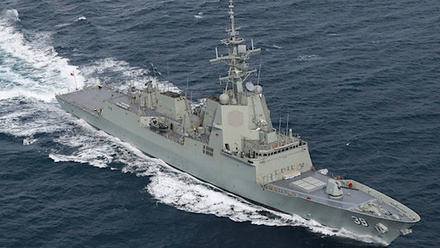SEE & LHC - Technical Lecture – Webinar
Host:
Speaker:
In the era of Industry 4.0, we confront the sweeping transformations it necessitates. At the core of this evolving landscape stands the 3D model, predominantly crafted using Computer-Aided Design (CAD) tools. This underscores the growing significance of CAD as the conduit linking the 3D model with the broader domain of Industry 4.0. The Digital Twin emerges as the pivotal bridge connecting the tangible and virtual realms, coexisting seamlessly throughout the construction process and expanding the horizons of possibility across the entire product lifecycle.
In this dynamic environment, CAD tools, a fundamental component, must adapt to seamlessly integrate with these technologies. They must also cater to the evolving needs of a new generation of users seeking innovative interfaces and workflows, necessitating a substantial transformation effort.
A vast realm of opportunities now beckons, with the shipbuilding industry just embarking on its exploration. The potential is unmistakable, and to maintain competitiveness, it is imperative to explore how these technologies can augment advantages by upgrading processes, resources, workflows, and stakeholder collaboration. The tools are readily available; the next step is a meticulous examination of our unique context. There is no one-size-fits-all solution, not even within a specific industry. Nevertheless, digitalization is both attainable and mature enough to commence implementation, becoming an integral part of our future strategic vision.
The future promises to enrich marine design and engineering capabilities, offering comprehensive solutions for all stages of ship design, from initial concepts to ongoing operation and maintenance. We place particular emphasis on embracing Industry 4.0, as we embrace the concept of the Digital Twin in ship design and construction.
Our sole limitation in achieving future success is the uncertainty we harbor today.




